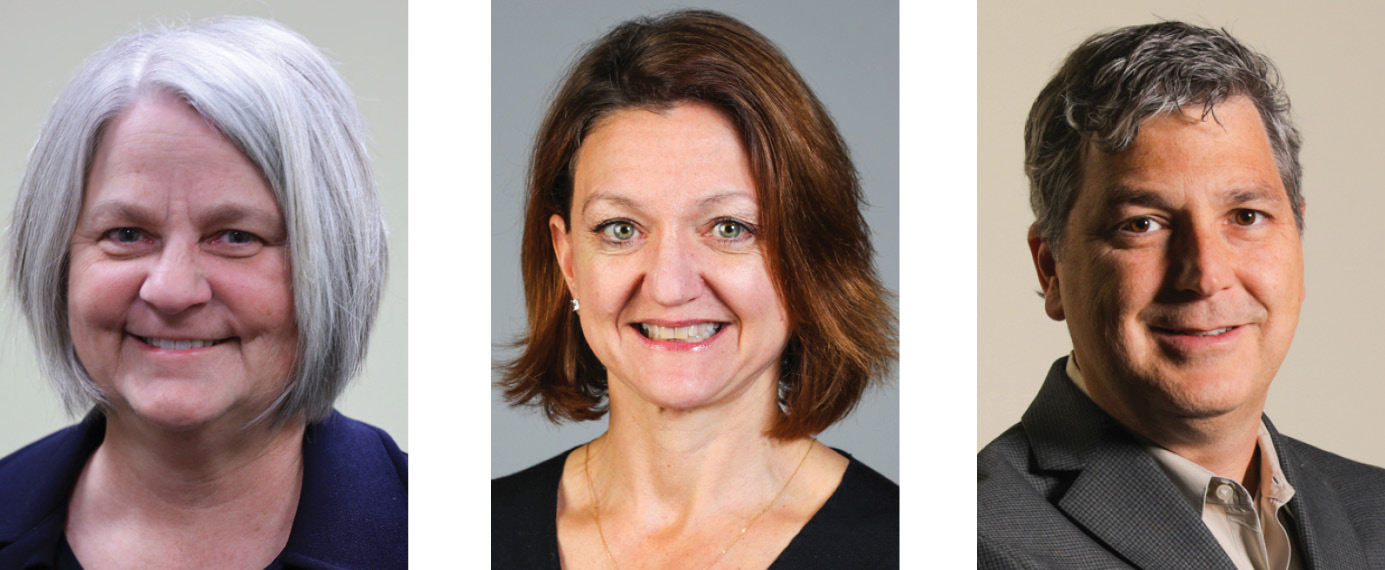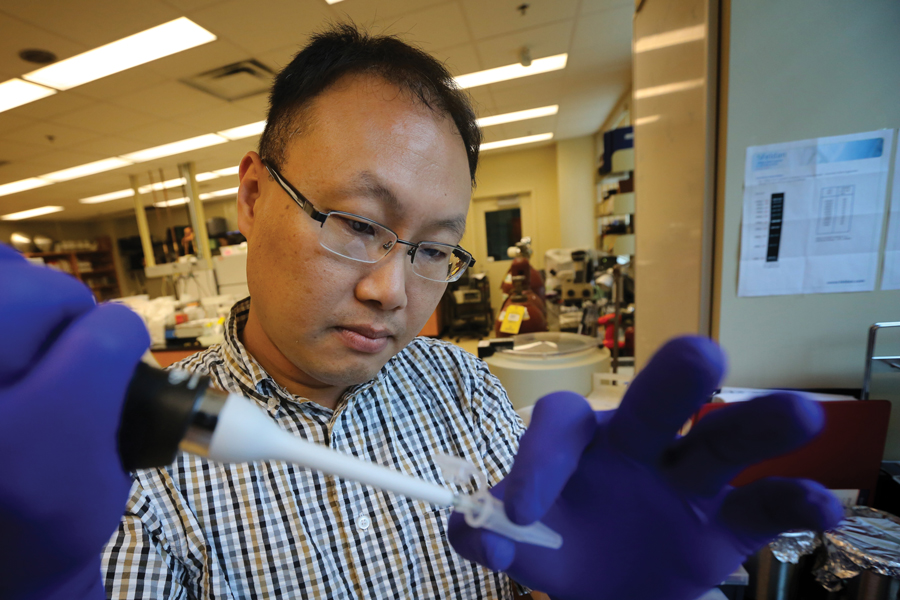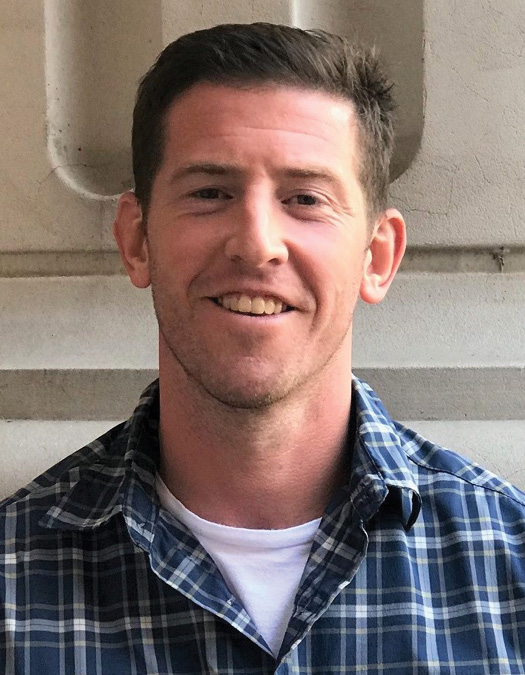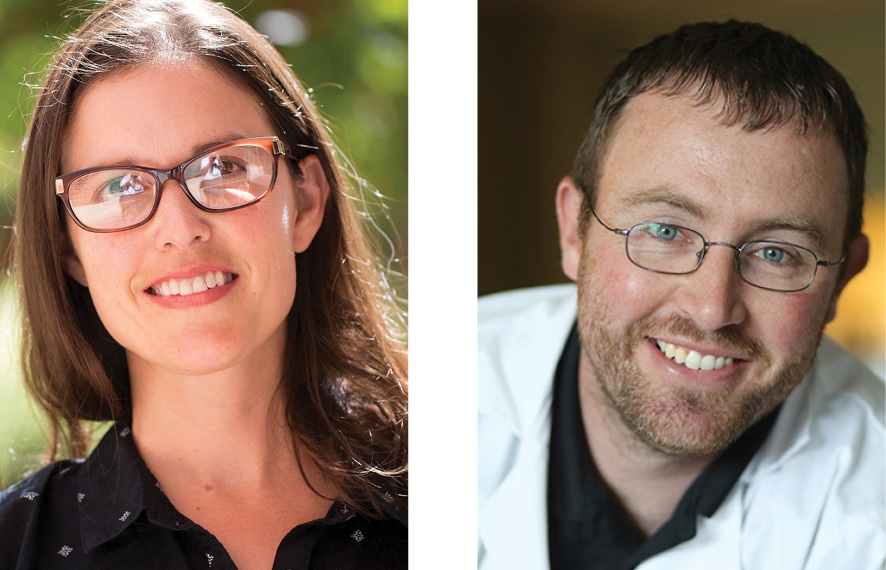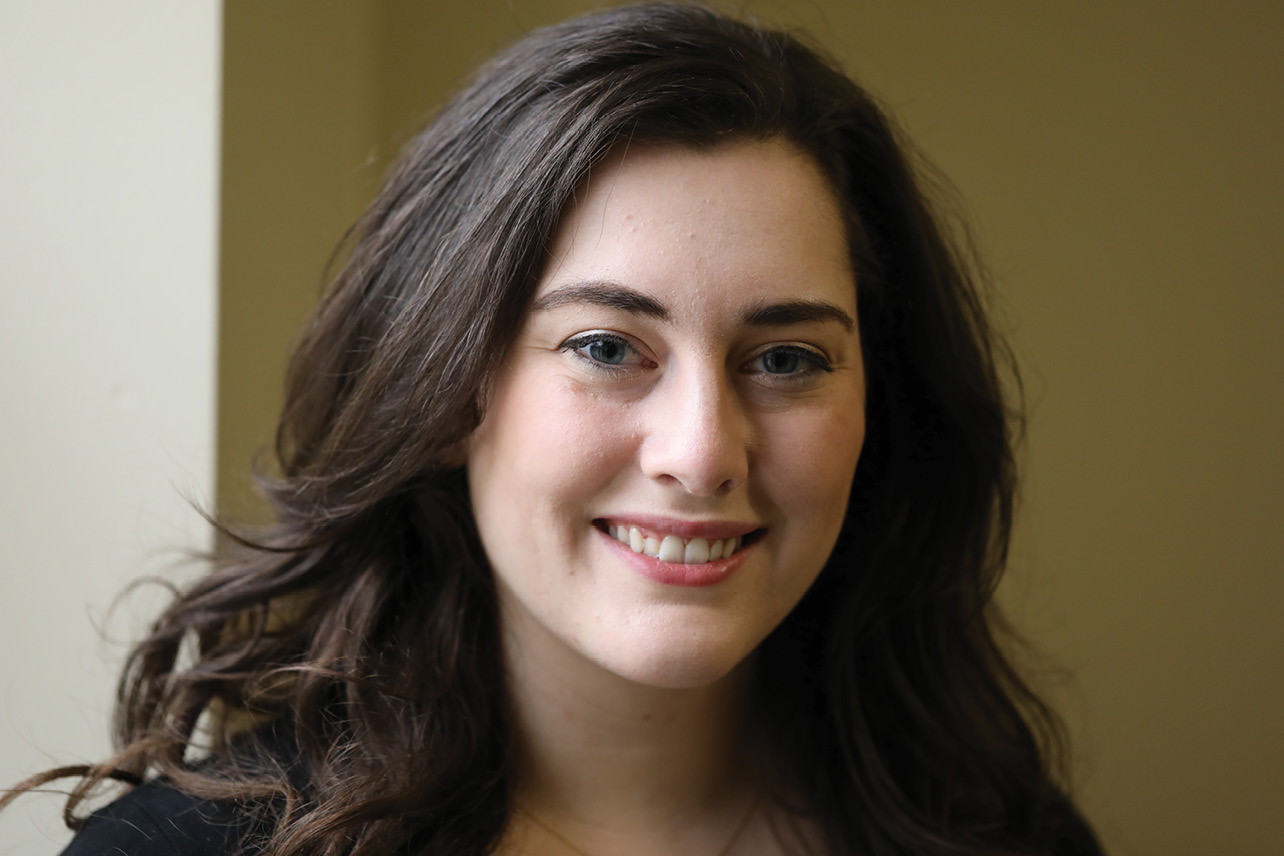5 Ways Baylor Research is Impacting Public Health
Baylor research addresses the world’s greatest challenges, many of which are health related. Globally and close to home, Baylor professors and their students promote public health through a mix of high-level research and practical application.
Meet a few Baylor professors whose research addresses health-related challenges:
Building design with health in mind
Building design can have an impact on employee health, and the healthy building movement has spurred more attention to evidence-based factors that benefit the health of individuals at their workplace. This includes the strategic location of food options, elevators and windows, lighting, nutritional food options, standing desks and more. An interdisciplinary Baylor team is applying research to make it easier for more businesses to factor health in facility construction.
Debra Harris, Ph.D., associate professor, and LesLee Funderburk, Ph.D., assistant professor, in Baylor’s Department of Human Sciences and Design, are co-principal investigators on a project to create a software program that aggregates evidence-based design research and interacts with software programs used by the design and construction industry. Erich Baker, Ph.D., chair of Baylor’s Department of Computer Science and professor of bioinformatics, provides the computer insights. Baker and Funderburk analyze and score decades of research to collect evidence-based practices that are interventional for the individuals who work in the buildings.
The project drew more than $1 million in funding through a Small Business Innovation Grant from the Centers for Disease Control and Prevention. The grant was earned by Harris and Jane Rohde, principal of Maryland-based JSR Associates, a healthcare and senior living design consultant.
“When it comes to healthier buildings, designers don’t have the time and resources allocated to do what we’re doing to collect research that makes a difference,” Harris said. “That’s what we’re doing. We are giving them the information and creating a pathway of accomplishing health goals for their clients, making it as easy as possible to see the information and then make decisions based off it and their client’s goals.”
Tricking mosquitoes to control disease
Cheolho Sims, Ph.D., is an associate professor of biology and a member of Baylor’s Tropical Disease Biology Group. His research focuses on vector-borne diseases and genomic studies that can lead to the suppression of mosquito populations.
“One of the most effective ways to control infectious diseases is to control the mosquito population because they carry them to humans,” he said.
Sims recently earned a National Science Foundation (NSF) grant to pursue a new avenue: tricking mosquitoes so they do not prepare for winter. The $532,702 grant funds genomic research into the roots of diapause, which is the process embedded within mosquitoes’ DNA that tells them to prepare for winter. Triggered by diapause, mosquitoes eat more and enter the cold season fat and prepared to survive, which means diseases like West Nile virus survive, as well.
Scientists know little about the genetic coding that spurs diapause. Therefore, Sims and co-investigators from The Ohio State University will study the “clock genes” that impact circadian rhythm to determine their impact on diapause. Sims said untangling this relationship could allow scientists to “control the genetic on and off switch that initiates diapause, and when the winter comes, the mosquito and the diseases they carry could not survive.”
Integrating Ecological and Social Sciences
The Sustainability Science Award is presented each year by the Ecological Society of America to authors of a scholarly work that makes the greatest contribution to ecosystem and regional sustainability through the integration of social and ecological research. This year’s winner is Baylor’s Ryan McManamay, Ph.D., assistant professor of environmental science.
McManamay earned the award for research published in the multidisciplinary journal Proceedings of the National Academy of Science. The article was published while McManamay worked at the Urban Dynamics Institute in Tennessee and explains how U.S. cities can use local infrastructure policy to manage hydrology and biodiversity nationally. McManamay and his team used data from urban and rural areas to demonstrate how local and regional policy impacts biodiversity and water sustainability.
“I am truly honored for our work to be recognized by such a prestigious award, especially when I look back on the list of past recipients,” McManamay said. “The award carries a lot of significance for me because it validates a long-term decision to pursue interdisciplinary sciences, which at times can be isolating if one’s scientific identity is strongly tied to a disciplinary line of research or a community of collaborators.”
Understanding the dynamics of air quality and thunderstorms
What impact does urban pollution have on thunderstorm activity? The U.S. Department of Energy (DOE) wants to know. The DOE enlisted the services of Rebecca Sheesley, Ph.D., and Sascha Usenko, Ph.D., associate professors of environmental science at Baylor, as co-investigators in a massive, three-year project with $890,000 in funding from the DOE’s Atmospheric System Research program. Sheesley and Usenko will lead a team to collect and study data in Greater Houston over a three-year period, measuring urban pollution in different areas of the metropolitan area to connect with data on weather and thunderstorm activity.
The project is “a great opportunity for us to do really interesting atmospheric chemistry and processes research right in our backyard,” Sheesley said. “We hope to improve understanding of how urban air pollution changes the dynamics of these storms systems we routinely see affecting Houston.”
Air quality and its impact is a focus for Sheesley and Usenko, who work with federal and state agencies on separate projects to understand the dynamics of urban air quality in Southeast Texas. Combined with the DOE project, their research provides an opportunity to improve the quality of life in Texas.
“We think the ramifications of such a study could have far-reaching implications on our understanding of how we as humans are interacting with the environment,” Usenko said.
Decoding the mystery of DNA
Embedded within the 3 billion letters that comprise a person’s DNA sequence are clues about the processes that make up human life, including the underlying genetics of disease. Mary Lauren Benton, B.S. ’15, Ph.D., assistant professor of bioinformatics, probes the secrets DNA sequences contain to improve human health and open the door to tailored treatments for individuals.
“The biggest mystery of all is how our DNA sequence encodes instructions for so many different processes,” Benton said.
To address that mystery, she looks at the present and to the past. Benton returned to Baylor last year, and her research examines how differences in individual DNA sequences can influence susceptibility to disease. To do so, she builds statistical models and computer programs to seek patterns that could someday help diagnose disease, create new drugs and personalize treatments.
Benton’s work was recently published in Nature Reviews-Genetics, in which she expounded on the need to understand historical human data in addition to recent data to undergird advances in personalizing medicine.
“If getting sick is bad for us, why do we — after millions of years of evolution — still get sick?” Benton said. “There’s a larger picture at play with millions of years of history to it. Understanding that history is very important to understand the pieces we’re looking at now in the present day.”
